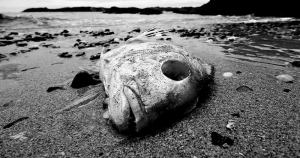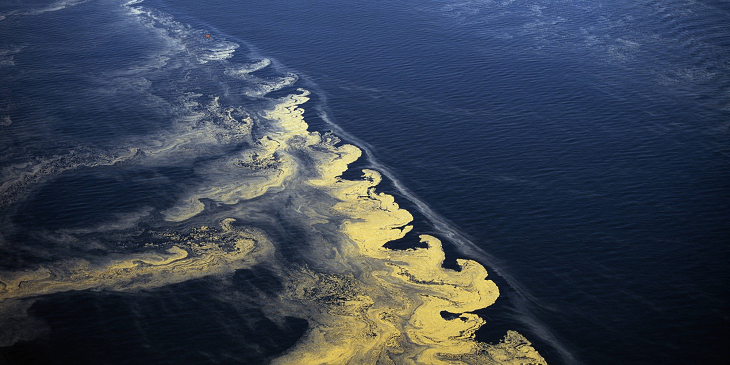
Low-Oxygen ‘Dead Zones’ In North Pacific Linked To Past Ocean Warming
A new study has found a link between low-oxygen ‘dead zones’ in North Pacific to the past ocean warming event. The study has found that there is a link between abrupt ocean warming at the end of the last ice age and the sudden onset of low-oxygen, or hypoxic conditions that led to vast marine dead zones. Results of the study, which was funded by the National Science Foundation, are being published this week in the journal Nature.

“This works tackles a long-standing debate about what causes expansion of Oxygen Minimum Zones, also known as dead zones, in the oceans,” said Candace Major, a program director in NSF’s Division of Ocean Sciences, adding that the results demonstrate a link between warming surface temperatures and dead zones at great depths. “The findings also show that the response time between warming and dead zone expansion is quite fast.”
”Large-scale warming events at about 14,700, and again 11,500, years ago occurred rapidly and triggered loss of oxygen in the North Pacific, raising concern that low-oxygen areas will expand again as the oceans warm in the future.
Although many scientists believe that a series of low-oxygen “dead zones” in the Pacific Ocean off Oregon and Washington during the last decade may be caused by ocean warming, evidence confirming that link has been sparse. However, the new study found a clear connection between two prehistoric intervals of abrupt ocean warming that ended the last ice age with an increase in the flux of marine plankton sinking to the seafloor, ultimately leading to a sudden onset of low-oxygen conditions, or hypoxia.
“Our study reveals a strong link between ocean warming, loss of oxygen, and an ecological shift to favor diatom production. During each warming event, the transition to hypoxia occurred abruptly and persisted for about 1,000 years, suggesting a feedback that sustained or amplified hypoxia,” said lead author Summer Praetorius.
The time scale indicated in the geologic core samples showed that large effects could happen within decades, or possibly centuries. “While we emphasize the past transitions to hypoxia occurred rapidly, this is based on geological records, which are capturing decade to century time scales, so we really can’t pin down whether it occurred within a 10-year period or a 50-year period, for example,” Praetorius said.
“Many people have assumed that climate change impacts will be gradual and predictable,” Mix said, “but this study shows that the ecological consequences of climate change can be massive and can occur pretty fast, with little warning. ” Surface warming also reduces upward mixing of nutrients from the deep sea. “So there are some competing effects,” Mix said, “and the final story depends on which effect wins.”
“The high-latitude North Pacific is rich in the common nutrients such as nitrate and phosphate, but it is poor in iron and this seems to be the key,” Mix said. “A partial loss of oxygen causes a chemical reaction that releases iron previously trapped in continental margin sediments — and this iron then fuels the diatoms, which bloom, die, and sink toward the seafloor, consuming oxygen along the way.”
Oxygen-deprived dead zones can result in the death of fish, shellfish and other slow-moving marine animals. While it’s too soon to know how this event ties into the long-term climate patterns that will emerge in the future, current conditions seem eerily reminiscent of past conditions that gave way to extended periods of hypoxia.